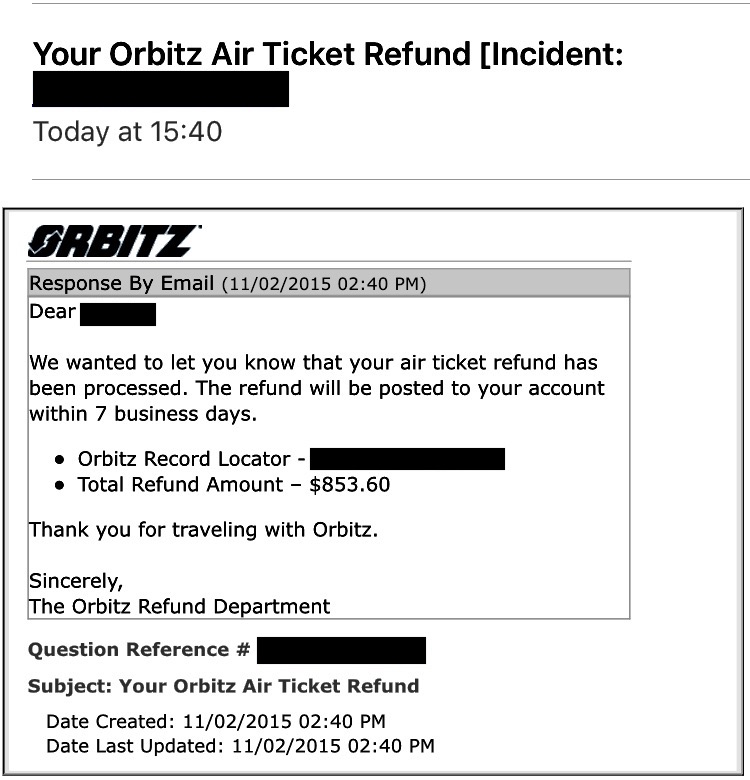
There are many ways you can make a demand on your bank for the funds deposited in a demand deposit account. You can make your demand upon the bank through a bank teller, from an ATM, via your debit card, through online banking transfers and by drawing a check. In fact, if you look closely at a check, you’ll see the words ‘pay to the order of’ right before the line where you fill in the name of the person you’re paying. You are actually demanding that the bank pay the sum of money indicated on the check to the payee identified on the check.
- You should, however, be aware of how FDIC insurance protection limits apply when you have multiple accounts at the same bank.
- This information is not a recommendation to buy, hold, or sell an investment or financial product, or take any action.
- We’re the Consumer Financial Protection Bureau (CFPB), a U.S. government agency that makes sure banks, lenders, and other financial companies treat you fairly.
- This website is using a security service to protect itself from online attacks.
- Demand deposit accounts at banks are covered by the Federal Deposit Insurance Corp. (FDIC) insurance for as much as $250,000 per depositor.
Demand deposits are accessible on-demand by customers at any time while time deposits require a minimum time period before customers can access their funds. As larger balances are held for extended periods in a savings account, it pays a slightly higher interest rate than a checking account. Also, consider whether the bank offers any extra incentives, such as interest on checking or rewards for debit card purchases. Those kinds of features could act as a tiebreaker if you’re stuck trying to choose between two different checking accounts.
A deposit is when a customer is placing funds inside an account they have at a financial institution. The demand deposit definition in banking is when a customer deposits money into a bank account which can be withdrawn at any time. Demand deposit is a type of bank account that customers use when they need to access funds on-demand.
What are the two main types of deposits that can be accessed at banks?
Both demand deposits and time deposits can have a place in your overall financial plan. Depending on what’s available, you may not have to choose between the higher APY of a time deposit account and the flexibility of a demand deposit account. A bit of research will help you choose the best account for your needs. For your everyday spending, bill paying and paycheck deposits, a demand deposit account, specifically a checking account, is almost always the right choice. A checking account gives you flexibility to spend, transfer and move your money around for various financial goals. A money market account essentially combines features of a checking account and a savings account into one.
Demand deposits work by giving you unrestricted access to the money you have in the account. When you want to watch a video on a streaming service, all you have to do is open the app and choose the video you want to stream. It’s faster than going to a movie or watching a show on TV where you have to wait until a scheduled time. You can withdraw the money any time rather than waiting to make withdrawals on a set schedule. Our mission is to provide readers with accurate and unbiased information, and we have editorial standards in place to ensure that happens. Our editors and reporters thoroughly fact-check editorial content to ensure the information you’re reading is accurate.
Meaning of demand deposit in English
As an account owner and customer, you usually will not see the phrase “time deposit” used as the name of an account. However, some banks call their certificates of deposit time deposit accounts, and some use the names time deposit and CD interchangeably in their marketing and online presence. Some banks or credit unions may also refer to these accounts as term deposits. With demand deposit accounts, the funds are always readily available.

We maintain a firewall between our advertisers and our editorial team. Our editorial team does not receive direct compensation from our advertisers. Deposits are often required on many large purchases, such as real estate or vehicles, for which sellers require payment plans.
What is a demand deposit account?
When you deposit money into some bank accounts, it can earn interest. This means that, at fixed intervals, a small percentage of the account’s total is added to the amount of money already in the account. Interest can compound at different rates and frequencies, depending on the terms of the bank. Several factors influence the interest rate on a term deposit, including market conditions, economic indicators, central bank policies, and the duration of the deposit. Financial institutions determine the rates based on these factors to attract deposits and manage their liquidity needs.
- In deciding whether a time deposit or a demand deposit is the better choice, think about your specific financial goals.
- Of course, the offers on our platform don’t represent all financial products out there, but our goal is to show you as many great options as we can.
- During a financial crisis, many people together will make large withdrawals from the bank.
Time deposit accounts, also known as term deposit accounts, are designed for holding your money for a set amount of time. Withdrawing your money from such an account before the term has ended typically results in a penalty. In exchange for locking away your money, time deposit accounts often pay higher yields than demand deposit accounts. They’re what the Federal Reserve calls “transaction accounts” and let the account holder deposit money in an account and withdraw the cash at any time.
What Is A Demand Deposit Account (DDA)?
In the case of depositing money into a bank account, you can withdraw the money at any time, transfer it to another person’s account, or use it to make purchases. Demand deposits are an important part of the money supply of a country, defined within M1 money. Demand deposits make up a significant part of the money supply in many countries. NOW accounts require you to give the bank advance notice before making a withdrawal. For example, your bank may require you to request a withdrawal in writing seven days before you plan to make it.
If you want a reliable, easily accessible account in which to store your money until you need it for everyday expenses, a checking account can do those things. For money that you don’t need to access regularly, and that you’re counting on for some growth, consider a savings account or certificate of deposit since both earn interest. So, using your money when you need to is one of the key benefits of demand deposit accounts. Another type of account your bank may offer is a negotiable order of withdrawal account—also called a NOW account.
How to transfer money from bank to bank
Bankrate follows a strict
editorial policy, so you can trust that our content is honest and accurate. The content created by our editorial staff is objective, factual, and not influenced by our advertisers. Customers can use ATMs on-demand to withdraw funds from their account. Mitch has more than a decade of experience as personal finance editor, writer and content strategist. Before joining Forbes Advisor, Mitch worked for several sites, including Bankrate, Investopedia, Interest, PrimeRates and FlexJobs. Add demand deposit to one of your lists below, or create a new one.
The expenses may include groceries, transportation costs, personal care items, and more. Demand deposits are, therefore, advantageous due to their liquidity and ease of access. There is no charge or any limitation charged by the bank for any number of withdrawals. A term deposit forces you to set aside the money you deposit for a set period. For example, when setting up direct deposit with your employer, you need to provide your bank’s routing number so your employer knows which bank to send your paycheck to. You also must provide your account number so your employer can deposit the funds to the correct account at the bank.
Some Wells Fargo Customers Say Their Deposits Aren’t Showing … – Slashdot
Some Wells Fargo Customers Say Their Deposits Aren’t Showing ….
Posted: Sun, 06 Aug 2023 01:34:00 GMT [source]
The key requirements of DDAs are no limitations on withdrawals or transfers, no set maturity or lockup period, funds accessible on-demand, and no eligibility requirements. Both owners must sign when opening the account, but only one owner must sign when closing the account. Either owner may deposit or withdraw funds and sign checks without permission from the other owner. Besides the period allocation in both deposits, demand deposits may attract a monthly maintenance fee and give out less interest than fixed deposits.
A checking account is the best example of a demand deposit account in action. Think of a money market account as a checking and savings hybrid account. You get the benefit of having a debit card and checks at your disposal, and you earn higher interest than you would with a typical checking account. A demand deposit account (DDA) is a bank account in which you can withdraw your money at any moment, for any reason, without having to give the bank prior notice.
The costs of a negative bank account and how…
A savings account is for demand deposits held at a slightly longer duration compared to the short-term use of the checking account. Funds in the savings account offer less liquidity; though, for an extra fee, money may be transferred to the checking account. A demand deposit is money deposited into a bank account with funds that can be withdrawn on-demand at any time. The depositor will typically use demand deposit funds to pay for everyday expenses.
A Negotiable Order of Withdrawal (NOW) account is a type of demand deposit account that has more restrictions than checking accounts. If you need easy access to your money, for everyday spending, paying bills or receiving your monthly paycheck by direct deposit, choose a demand deposit account. Demand deposit accounts can serve as a safe place to keep your money and access it at any time.

In contrast, time deposits or term deposits are locked for a certain period of time, such as certificates of deposit (CDs). They can do so in the name of the company or in the name of its legal representative and the funds deposited can be managed only by the people who are mentioned as beneficiaries in the example of demand deposit account. The transfer of funds to the accounts of suppliers can be made through a bank teller, an ATM, via the company debit card, through online banking and/or through a check. In all these cases, the company demands the bank to make a payment equal to the sum of money indicated to the payee identified.